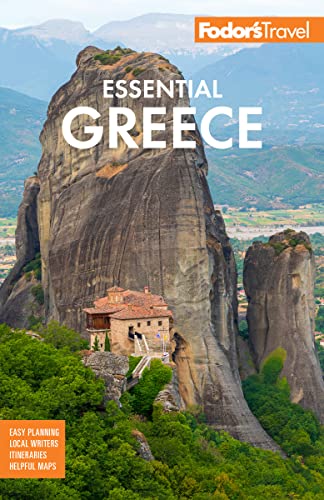The Turks called Lesvos the "garden of the empire" for its fertility: in the east and center of the island, literally millions of olive trees line the hills in seemingly endless, undulating groves, interspersed with fragrant pine forests. The western landscape is filled with oak trees, sheep pastures, rocky outcrops, and mountains. Wildflowers and fields of grain sweep the valleys, and the higher peaks are wreathed in dark green pines. Adding to the allure—and much to the delight of hedonists—are the hot, mineral-rich waters that bubble to the surface and in places are channeled into thermal baths. This third-largest island in Greece is filled with natural beauty, and its other treasures are the creative artists and thinkers it has produced and inspired through the ages, whose legacy still ripples through its towns and cities.
Lesvos was once a major cultural center known for its philosophical academy, where Epicurus and Aristotle taught. It was also the birthplace of the philosopher Theophrastus, who presided over the Academy in Athens; of the great lyric poet Sappho; of Terpander, the "father of Greek music"; and of Arion, who influenced the later playwrights Sophocles and Alcaeus, inventors of the dithyramb (a short poem with an erratic strain). Even in modernity, artists have emerged from Lesvos: Theophilos, a poor villager who earned his ouzo by painting some of the finest native modern art Greece has produced; novelists Stratis Myrivilis and Argyris Eftaliotis; and the 1979 Nobel Prize–winning poet Odysseus Elytis.
The island's recorded history stretches back to the 6th century BC, when its two mightiest cities, Mytilini and Mythimna (also known as Molyvos), settled their squabbles under the tyrant Pittacus, considered one of Greece's Seven Sages. Thus began the creative era, but later times brought forth the same pillaging and conquest that overturned other Greek islands. In 527 BC the Persians conquered Lesvos, and the Athenians, Romans, Byzantines, Venetians, Genoese, and Turks took turns adding their influences. After the Turkish conquest, from 1462 to 1912, much of the population was sent to Turkey, and traces of past civilizations that weren't already destroyed by earthquakes were wiped out by the conquerors. Greece gained sovereignty over the island in 1923. This led to the breaking of trade ties with Asia Minor, diminishing the island's wealth, and limiting the economy to agriculture, making this one of the greener islands of Greece.
Lesvos has more inhabitants than either Corfu or Rhodes, with only a fraction of the tourists, so here you can get a good idea of real island life in Greece. Many Byzantine and post-Byzantine sites dot the island's landscape, including castles and archaeological monuments, churches, and monasteries. The traditional architecture of stone and wood, inspired by Asia Minor, adorns the mansions, tower houses, and other homes of the villages. Beach composition varies throughout the island from pebble to sand. Some of the most spectacular sandy beaches and coves are in the southwest of the island, quite markedly divided into east and west at its centerpoint by the long Gulf of Kalloni.





